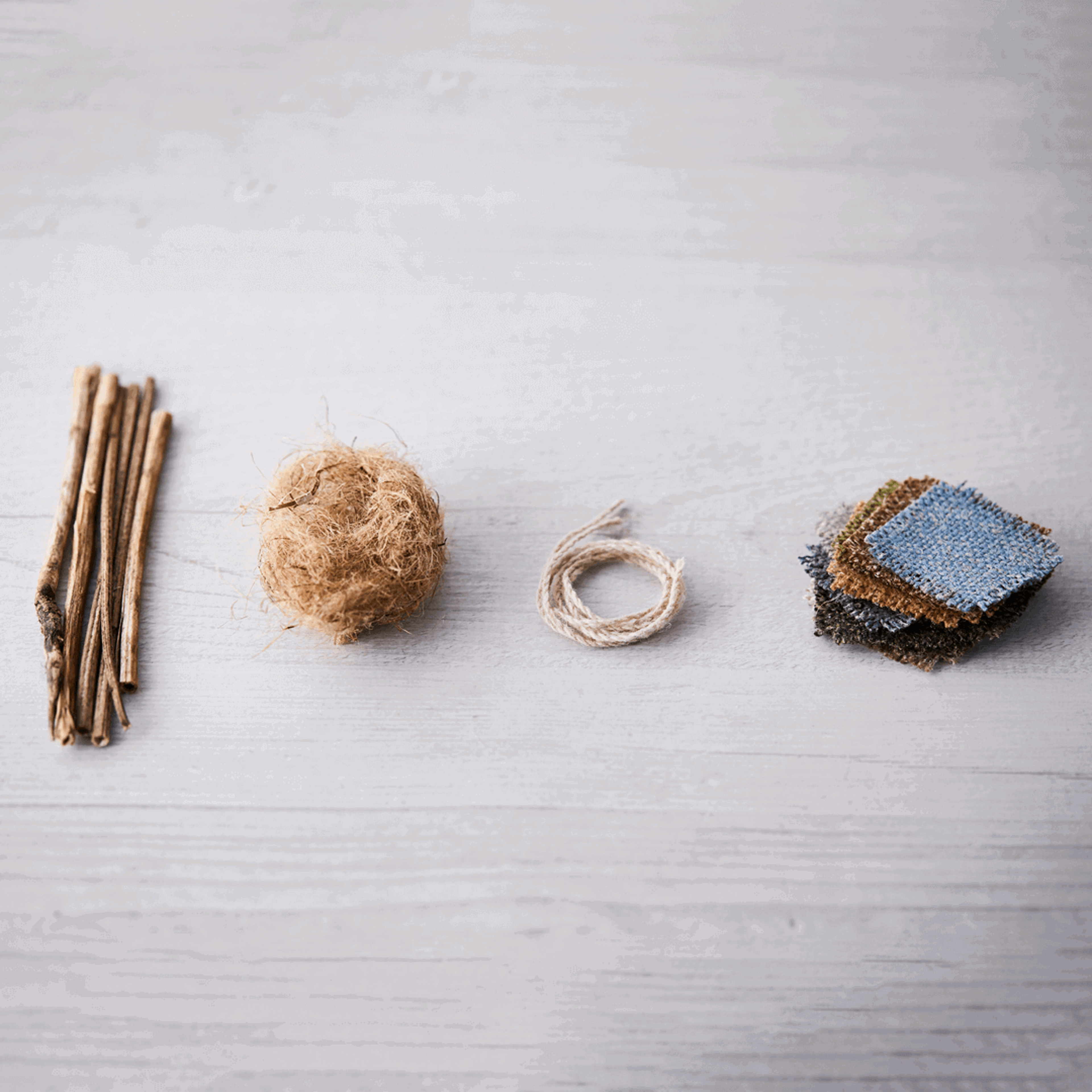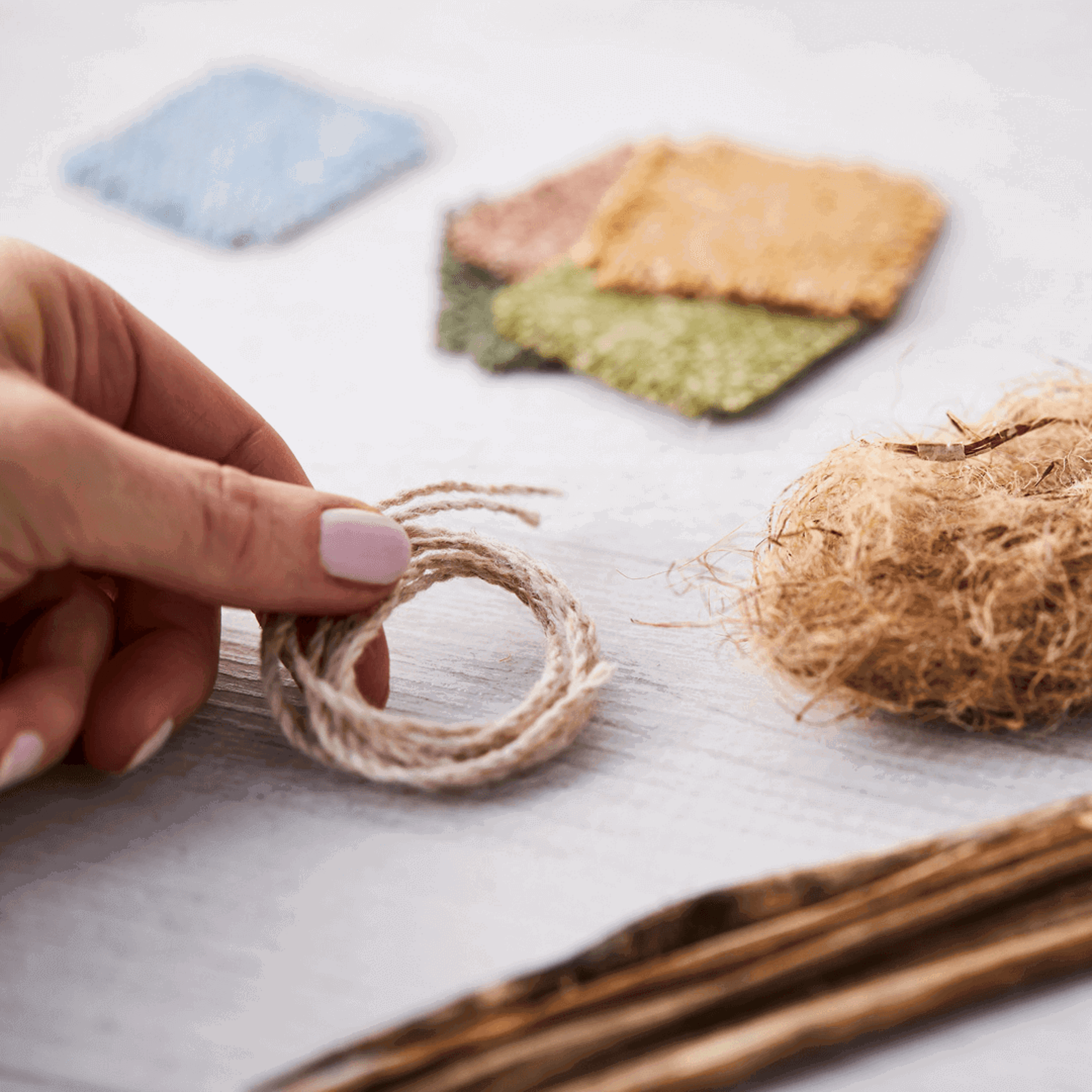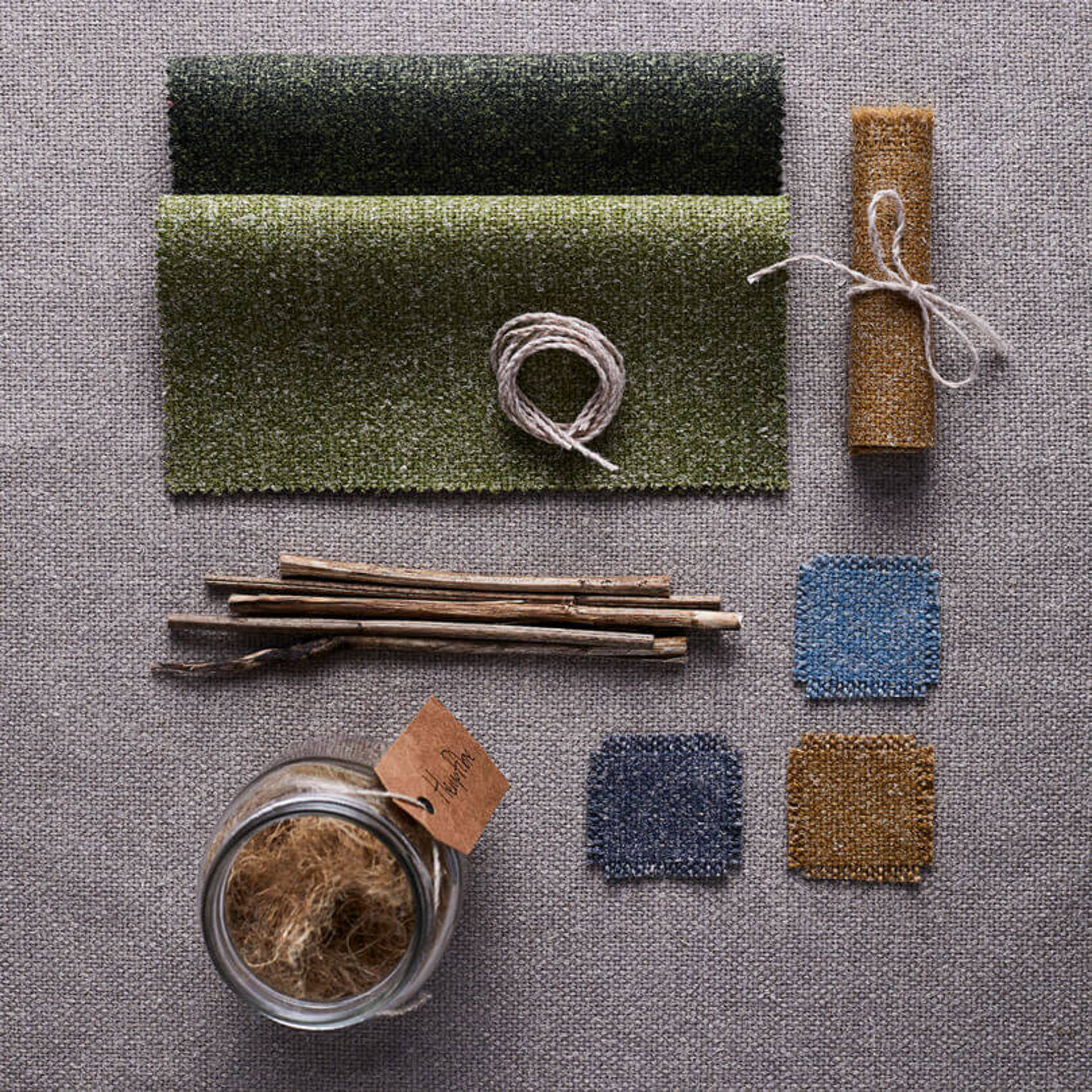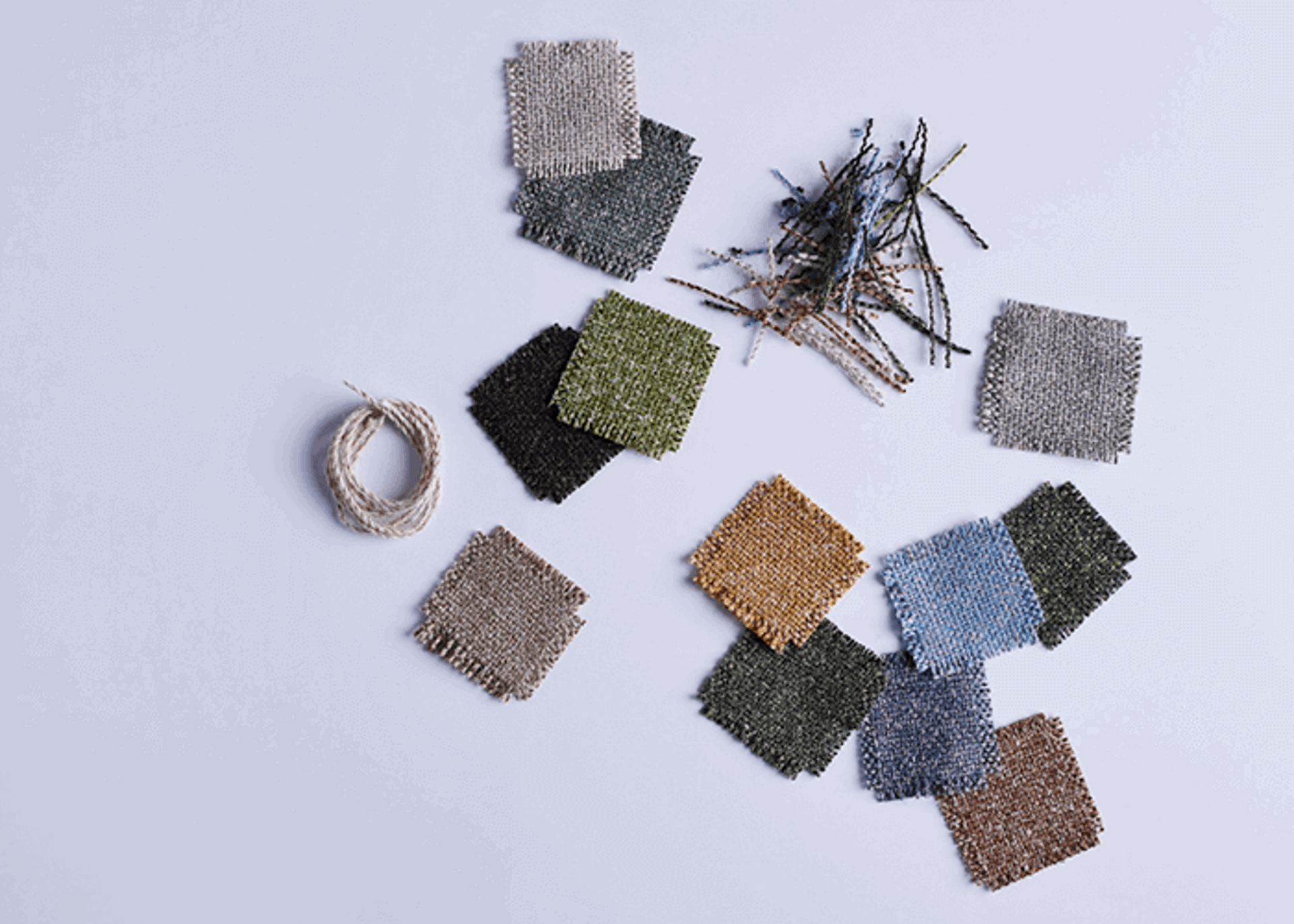- Absorbs carbon dioxide: It is estimated that industrial hemp absorbs between 8 and 15 tonnes of CO2 per hectare of cultivation, whilst forests sequester between 2 and 6 tonnes.
- Naturally flame retardant: The combination of wool and hemp provides inherent flame retardancy - with no additional chemical treatment required.
- Low impact: Requiring just 5kWh to produce 1kg of textile fibre, in comparison to 69kWh to produce 1kg of nylon, minimal energy is needed to produce hemp fibre.
- Biodegradable: Entirely compostable, Hemp doesn't have to be relegated to landfill, instead, it will biodegrade.

Hemp Fabric: An Eco-Friendly, Sustainable Textile
Harnessing the power of plants, Hemp brings a touch of nature to commercial interiors.
Perfectly natural, and naturally perfect, Hemp is one of the most environmentally friendly fabrics in our portfolio. First launched in 2012 as part of our pioneering innovation work into the use of plant stem fibres in textiles, Hemp has sold thousands of metres since its introduction, and plays a valuable role as a sustainable upholstery staple in commercial interiors.
Inherently flame retardant and certified for use on task and soft seating, as well as curtains, Hemp can be featured on a variety of furniture pieces and places within a scheme. With a soft handle and timeless woven aesthetic, the fabric's weathered finish perfectly showcases its natural composition and multi-tonal colouration.
How is Hemp fabric made?
Once grown, they are harvested, and the process of separating the stem’s fibres for spinning into yarn begins with dew retting – a natural way of allowing dew and rain to begin breaking down the tissues and pectins which surround the stem – which is then completed by mechanical decortication, during which the fine textile fibres are extracted from the heavier woody shiv.

As Hemp is made using the long stem of the plant, the leaves are left behind to act as fertiliser, whilst the shiv is commonly used for building materials and animal bedding.
The hemp fibres are blended with pure wool and spun together to create the yarn which is used to weave Hemp. When woven, the fabric is dyed into the 21 colourways which make up the range's palette, filled with organic tones which evoke its natural composition.
45kg of hemp seed provides enough fibre to make 5,400 metres of Hemp fabric.
What are the environmental benefits of Hemp?

"Sustainable, renewable, and entirely compostable, Hemp is made to be used, loved, and returned to the earth."
Jodie Padgett, Senior Innovator at Camira
